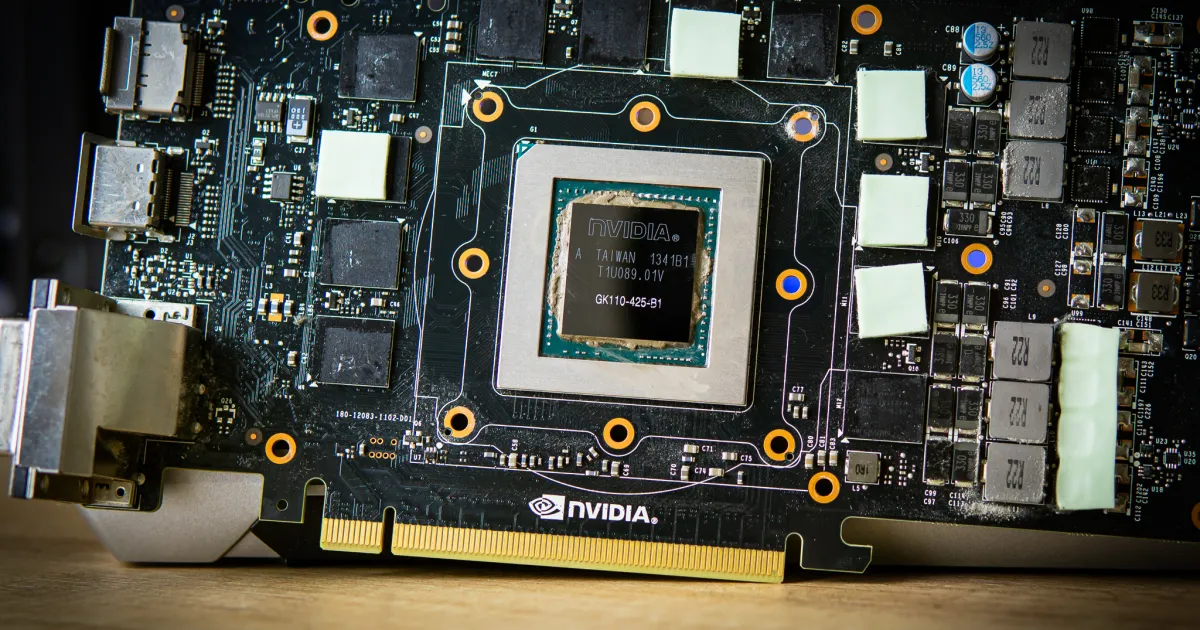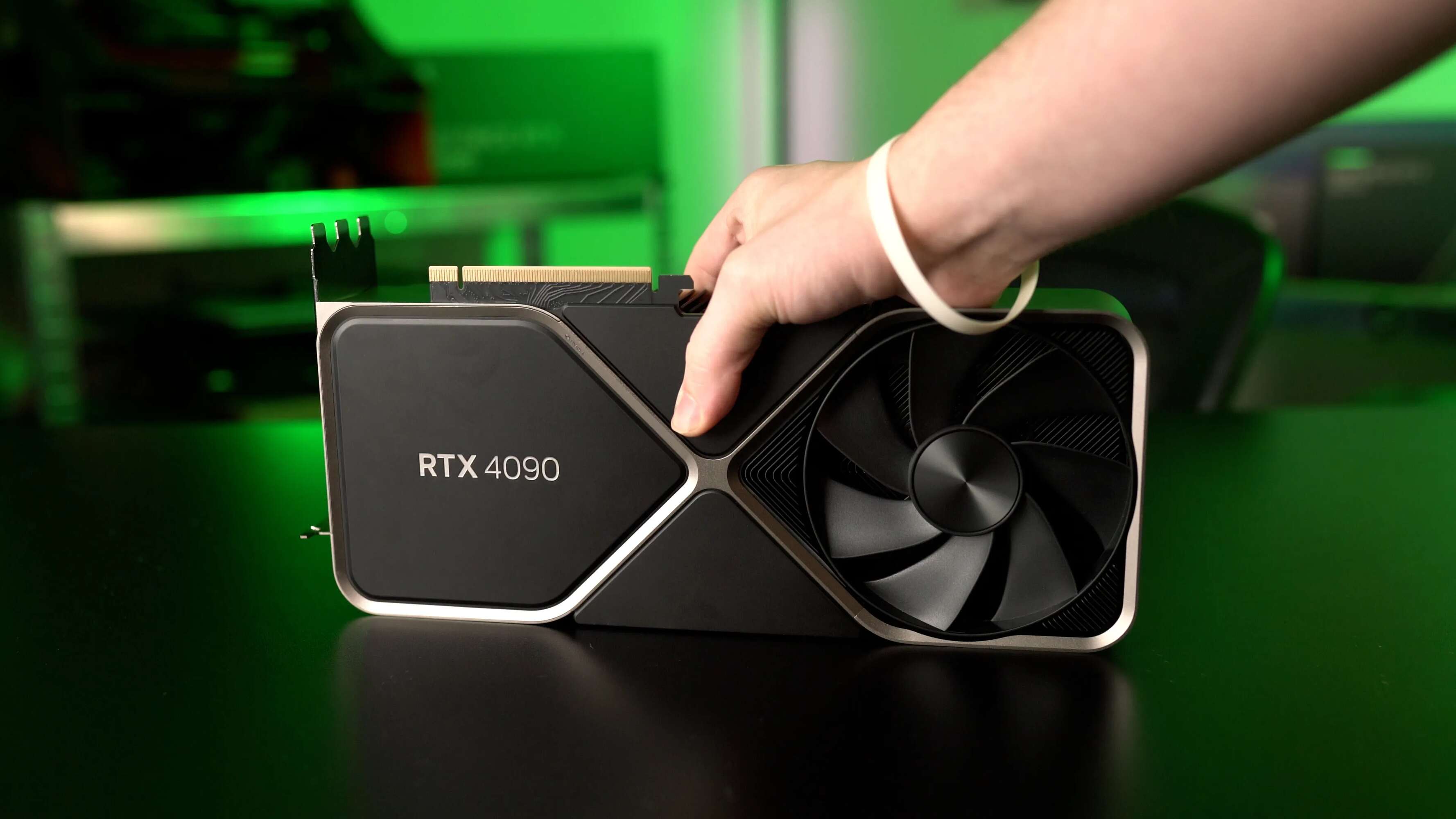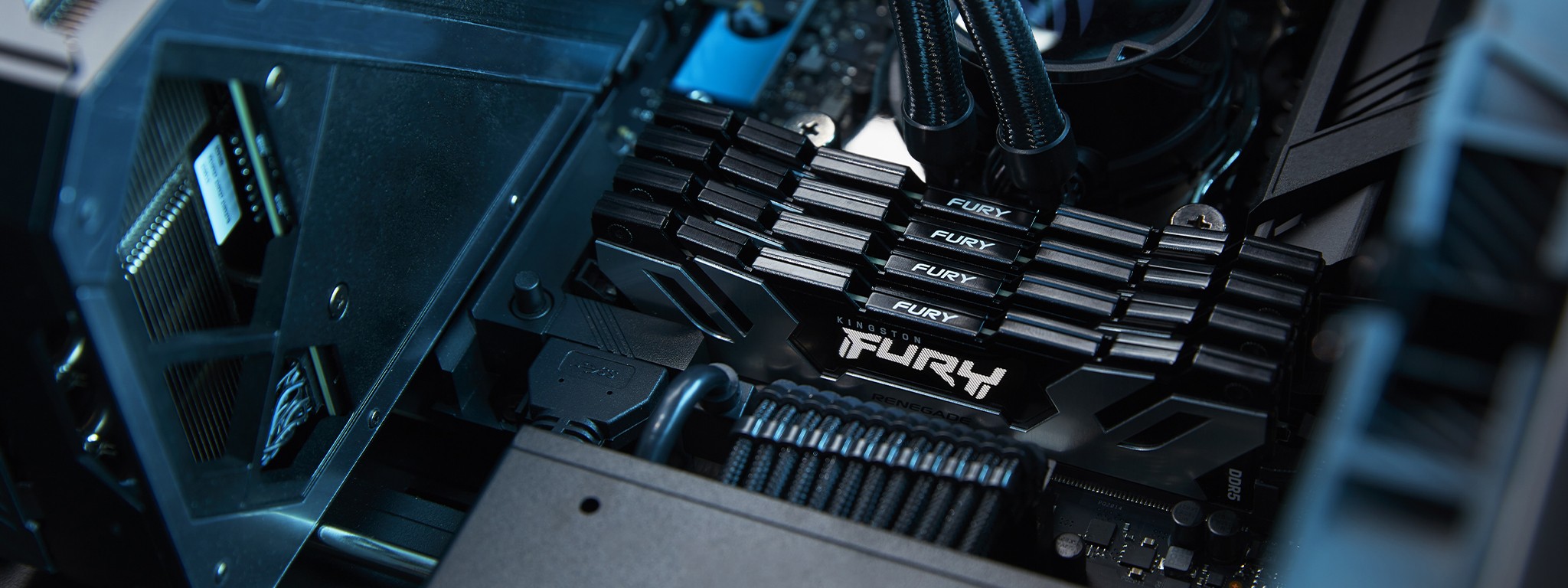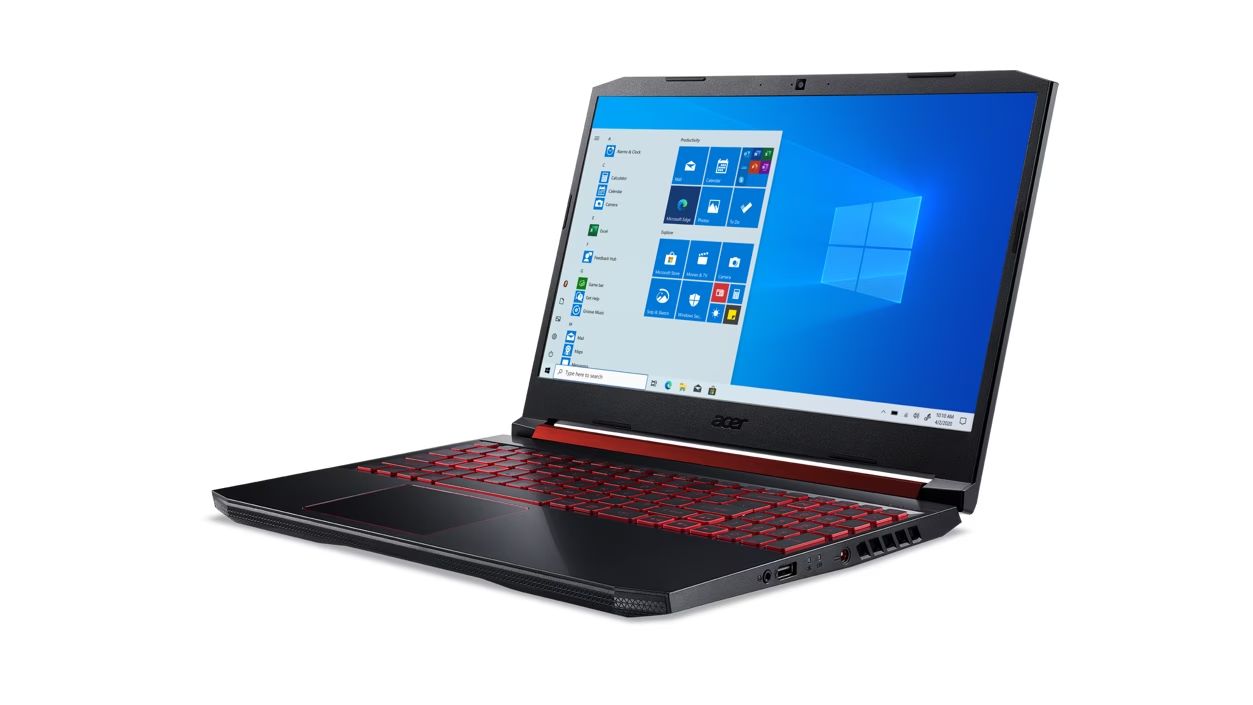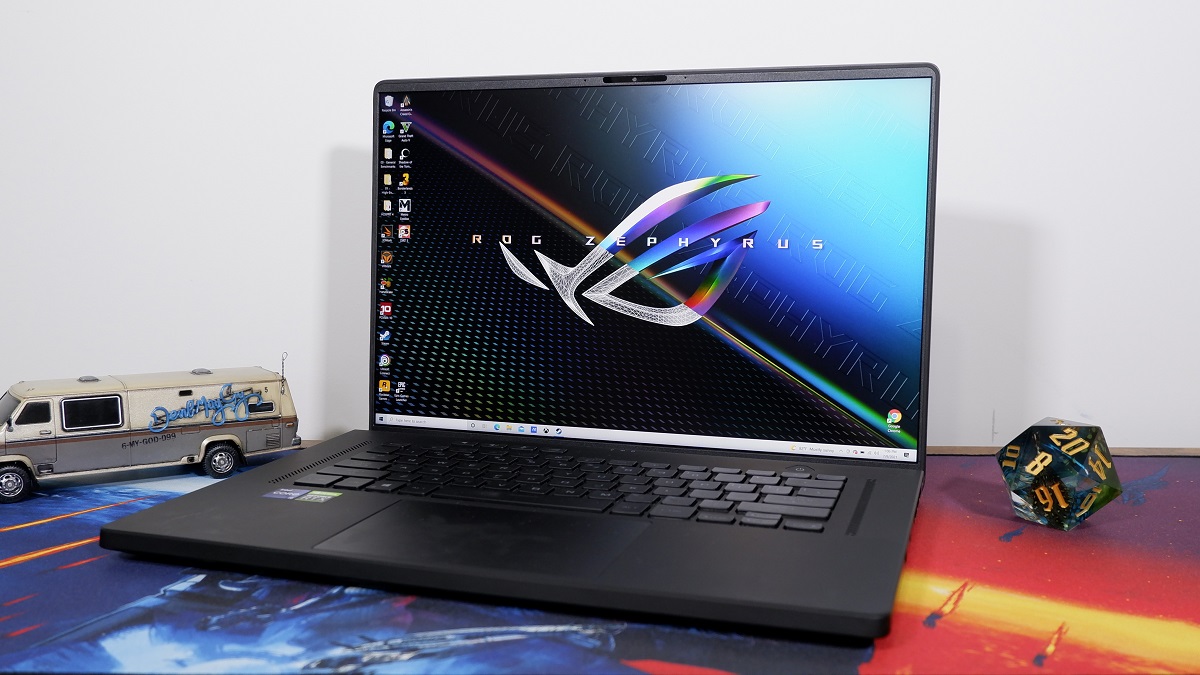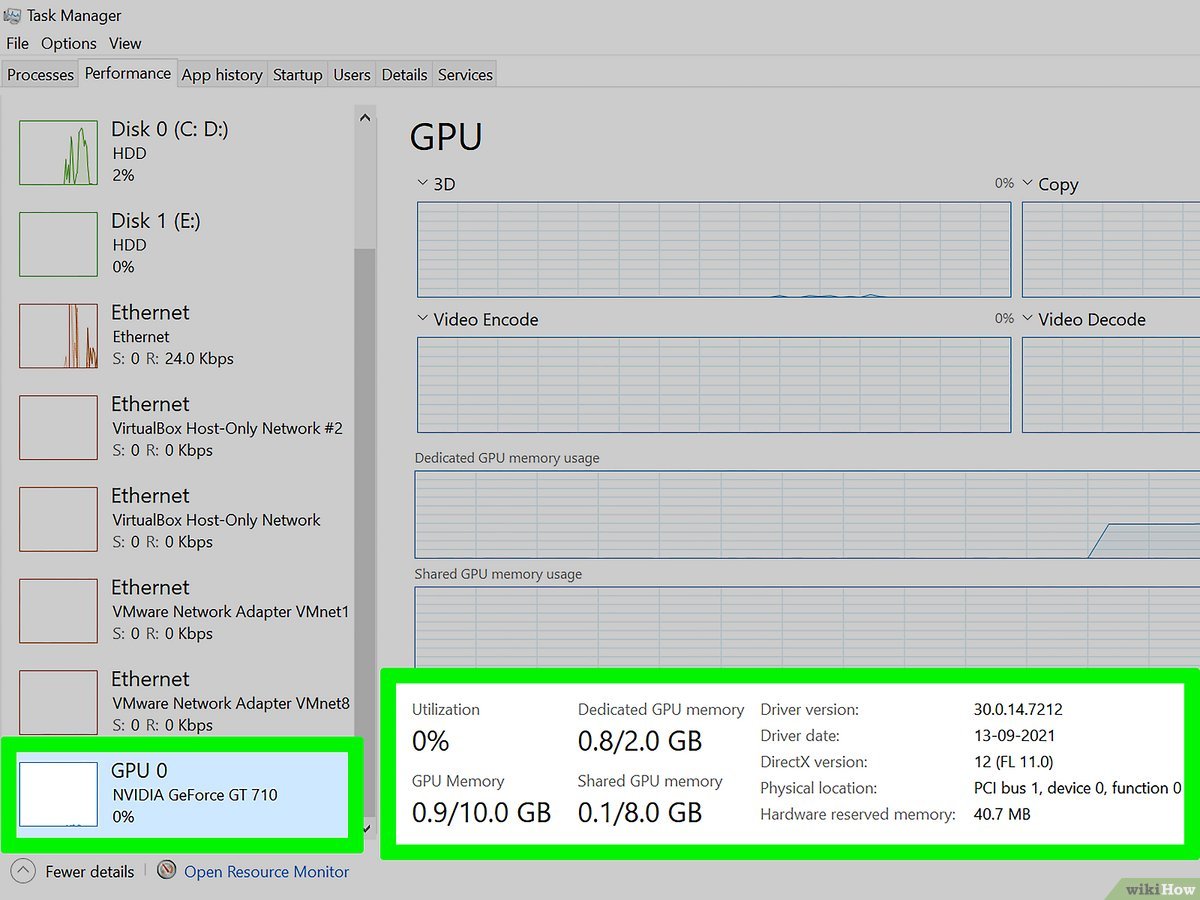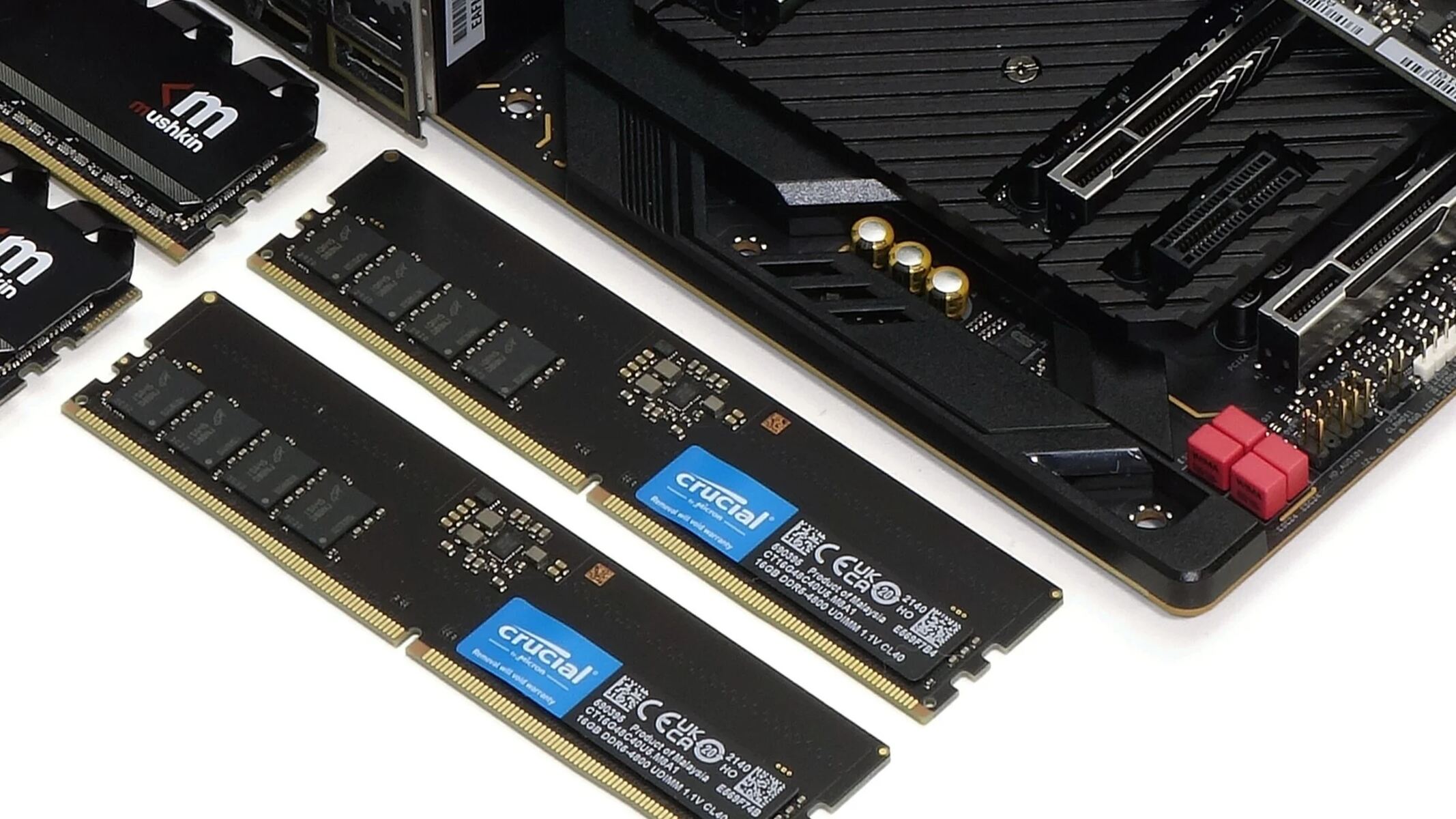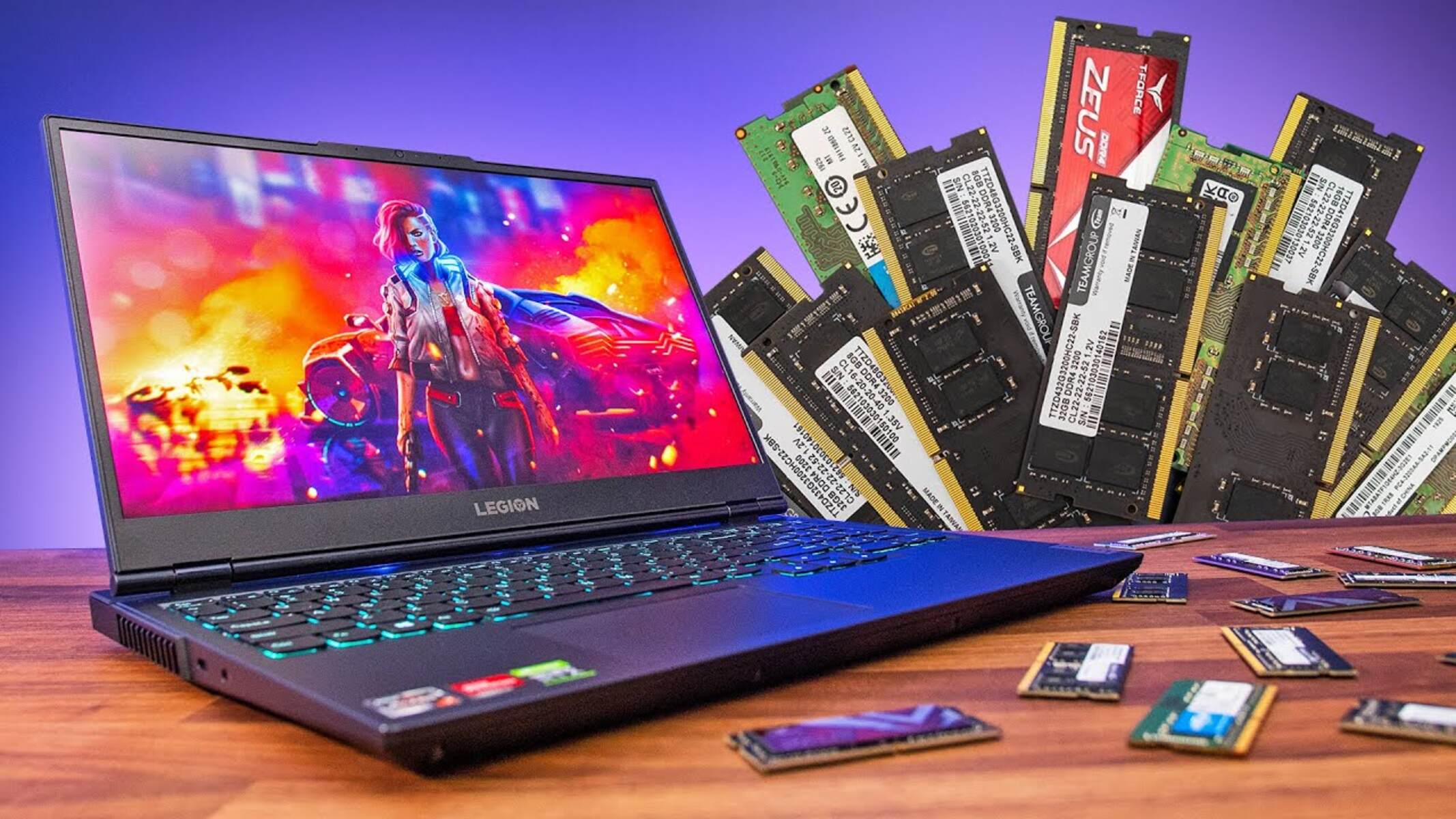Introduction
When it comes to optimizing your computer’s performance, knowing the specifications of your hardware components is crucial. This includes understanding the amount of RAM your graphics card has, as it directly impacts the graphics processing power. Whether you’re a gamer, a graphic designer, or just a tech-savvy user, being aware of your graphics card’s RAM is essential for determining its capabilities and compatibility with various software and games.
Graphics cards, also known as GPUs (Graphics Processing Units), are responsible for rendering and displaying images, videos, and 3D graphics on your monitor. Just like your computer’s main memory (RAM), graphics cards have their own dedicated memory known as VRAM (Video RAM) or framebuffer. VRAM plays a significant role in handling graphics-intensive tasks, enabling smoother gameplay, faster image processing, and supporting higher resolution displays.
In this article, we will explore several methods to determine the amount of RAM your graphics card has. Whether you’re using a Windows or a Mac computer, these methods will work across different operating systems and GPU manufacturers. By following these simple steps, you can quickly find out the RAM capacity of your graphics card, empowering you to make informed decisions about software compatibility, system requirements, and possible hardware upgrades.
Method 1: Using the Task Manager
One of the easiest and quickest ways to determine the RAM capacity of your graphics card is by using the Task Manager. The Task Manager is a built-in utility in Windows that provides information about the processes and resource usage on your computer.
To access the Task Manager, you can simply right-click on the taskbar and select “Task Manager” from the context menu. Alternatively, you can press the Ctrl + Shift + Esc keys together to open the Task Manager directly.
Once the Task Manager opens, go to the “Performance” tab. Here, you will see several performance graphs and options on the left-hand side. Look for the “GPU” section and click on it to expand the details.
In the expanded GPU section, you will find information about your graphics card, including the dedicated video memory or VRAM. The value next to “Dedicated GPU memory” represents the RAM capacity of your graphics card in megabytes (MB) or gigabytes (GB), depending on the size.
It’s important to note that the Task Manager may not provide accurate details for all graphics cards, especially if you have multiple GPUs or integrated graphics. In such cases, you can try alternative methods mentioned in this article to cross-verify the information.
Using the Task Manager is a convenient and reliable option if you are using a Windows computer and need a quick overview of your graphics card’s RAM capacity. However, if you require more detailed information or if the Task Manager doesn’t display the necessary details, you can explore other methods outlined below.
Method 2: Using System Information
If you’re using a Windows computer, another way to find out the RAM capacity of your graphics card is by using the System Information tool. System Information provides a comprehensive overview of your computer’s hardware specifications, including details about your graphics card.
To access System Information, you can follow these steps:
- Press the Windows key + R to open the Run dialog box.
- Type “msinfo32” (without quotes) in the Run box and press Enter or click OK.
- The System Information window will open, displaying various categories on the left-hand side.
- Click on the “+” sign next to “Components” to expand the category.
- Scroll down and click on “Display”.
- On the right-hand side, you will see detailed information about your graphics card, including the “Adapter RAM” or “Adapter Memory” value, which represents the RAM capacity of your graphics card in kilobytes (KB), megabytes (MB), or gigabytes (GB).
System Information provides a more detailed view of your graphics card’s specifications, giving you additional information like the GPU model, driver version, and more. It’s a reliable method to find the RAM capacity of your graphics card on a Windows system and offers a comprehensive overview of your hardware configuration.
If you’re using a Mac computer, you can find similar information by navigating to the “About This Mac” window. Simply click on the Apple menu in the top-left corner of the screen, select “About This Mac,” and then click on the “System Report” button. In the System Information window that opens, go to the “Graphics/Displays” section to view details about your graphics card, including the VRAM capacity.
Using System Information is a straightforward and reliable method to determine the RAM capacity of your graphics card on a Windows or Mac computer. However, if you prefer using dedicated third-party tools for more specific information about your graphics card, you can explore the next methods outlined below.
Method 3: Using GPU-Z
For a more detailed analysis of your graphics card’s specifications, you can use GPU-Z, a popular and widely-used tool specifically designed to provide comprehensive information about GPUs.
To use GPU-Z, you can follow these steps:
- Download and install GPU-Z from the official website (https://www.techpowerup.com/gpuz/).
- Launch GPU-Z after installation.
- Once GPU-Z opens, it will display detailed information about your graphics card, including the GPU model, memory type, clock speeds, and more.
- In the “Memory” section, you will find the “Size” field, which indicates the RAM capacity of your graphics card in gigabytes (GB).
GPU-Z not only provides accurate information about the RAM capacity of your graphics card, but it also offers various other metrics and features to help you monitor your GPU’s performance and health. This makes it a valuable tool for gamers, overclockers, and enthusiasts who want to have a deep understanding of their graphics card’s capabilities and specifications.
One of the key advantages of GPU-Z is its compatibility with a wide range of GPUs from different manufacturers, including AMD, NVIDIA, and Intel. It also supports multiple operating systems, making it suitable for Windows, Linux, and macOS users.
Using GPU-Z allows you to gather extensive information about your graphics card, making it a preferred choice for users who require detailed insights into their hardware. However, if you’re looking for a more user-friendly and all-in-one system information tool, you can explore the next method outlined below.
Method 4: Using Speccy
If you prefer a user-friendly and comprehensive system information tool to find out the RAM capacity of your graphics card, Speccy is a great option. Speccy is a free tool developed by Piriform that provides detailed hardware information about your computer.
To use Speccy, you can follow these steps:
- Download and install Speccy from the official website (https://www.ccleaner.com/speccy).
- Launch Speccy after installation.
- Once Speccy opens, it will display an overview of your system’s hardware components.
- Click on the “Graphics” option on the left-hand side of the window.
- In the right-hand pane, you will find detailed information about your graphics card, including the GPU model, driver version, VRAM capacity, and more.
Speccy not only provides information about your graphics card’s RAM capacity but also offers insights into other key components of your system, such as CPU, RAM, motherboard, and storage devices. It presents the information in a user-friendly interface, making it accessible to both novice and advanced users.
One of the advantages of Speccy is its compatibility with both 32-bit and 64-bit versions of Windows. It supports a wide range of Windows operating systems, including Windows 10, Windows 8, Windows 7, and Windows Vista.
With Speccy, you can gather comprehensive hardware information about your system and access detailed specifications about your graphics card’s RAM capacity. This allows you to make informed decisions when it comes to software compatibility, system requirements, and hardware upgrades.
While Speccy provides valuable insights into your computer’s hardware, if you’re looking for a system diagnostic tool that offers additional features like hardware monitoring and benchmarking, you can explore the next method outlined below.
Method 5: Using DirectX Diagnostic Tool
If you’re using a Windows computer and want to find out the RAM capacity of your graphics card, you can utilize the DirectX Diagnostic Tool. The DirectX Diagnostic Tool is a built-in utility in Windows that provides detailed information about the DirectX components installed on your system, including your graphics card.
To access the DirectX Diagnostic Tool, you can follow these steps:
- Press the Windows key + R to open the Run dialog box.
- Type “dxdiag” (without quotes) in the Run box and press Enter or click OK.
- The DirectX Diagnostic Tool window will open, displaying the System, Display, Sound, Input, and other tabs.
- Click on the “Display” tab.
- In the Display tab, you will find information about your graphics card, including the name, manufacturer, driver version, and the amount of memory available for graphics.
Under the “Approx. Total Memory” field, you will find the RAM capacity of your graphics card, displayed in kilobytes (KB), megabytes (MB), or gigabytes (GB).
The DirectX Diagnostic Tool provides a comprehensive overview of your graphics card’s specifications and is a reliable method to find the RAM capacity of your graphics card on a Windows system. It also offers additional information about your system’s DirectX version, display settings, and other hardware components.
One of the advantages of using the DirectX Diagnostic Tool is its compatibility with all versions of Windows, including Windows 10, Windows 8, Windows 7, and Windows Vista.
Using the DirectX Diagnostic Tool is a convenient and reliable method to determine the RAM capacity of your graphics card. However, if you’re looking for more specific information about your graphics card’s performance or want to explore alternative methods, you can continue reading the next section.
Method 6: Checking the Graphics Card Manufacturer’s Website
If you want the most accurate and up-to-date information about your graphics card’s specifications, checking the official website of the graphics card manufacturer is a reliable method. Whether you have an AMD, NVIDIA, or other branded graphics card, the manufacturer’s website will provide detailed information about your specific model and its RAM capacity.
To find the RAM capacity of your graphics card by checking the manufacturer’s website, you can follow these steps:
- Identify the brand and model of your graphics card. You can do this by looking at the physical card or checking your system’s documentation.
- Open your preferred web browser and navigate to the official website of the graphics card manufacturer. For example, if you have an NVIDIA graphics card, you would visit the NVIDIA website (https://www.nvidia.com).
- Find the “Support” or “Drivers & Support” section on the manufacturer’s website.
- Search for your specific graphics card model using the provided search options or browse through the available products.
- Once you find your graphics card model, navigate to its product page or specification page.
- On the product page or specification page, you will find detailed information about your graphics card, including its RAM capacity.
Checking the graphics card manufacturer’s website ensures that you receive accurate and precise information about your specific model. It allows you to gather all the necessary details, including the RAM capacity, GPU architecture, clock speeds, and other specifications specific to your graphics card.
By referring to the manufacturer’s website, you can stay informed about any firmware updates, driver releases, and recommended system requirements for optimal performance. This method is especially useful when you need to verify the information obtained from other methods or if you want to explore advanced features and technical specifications of your graphics card.
Remember to check the website of the appropriate manufacturer to ensure the accuracy of the information regarding your specific graphics card model.
Now that you’ve explored these six methods, you have a variety of options to determine the RAM capacity of your graphics card. Whether you choose to use the Task Manager, System Information, GPU-Z, Speccy, DirectX Diagnostic Tool, or the manufacturer’s website, you can gather the necessary information to optimize your computer’s performance, ensure software compatibility, and make informed decisions about hardware upgrades.
Conclusion
Knowing the RAM capacity of your graphics card is essential for understanding its capabilities, optimizing performance, and ensuring compatibility with software and games. In this article, we explored six different methods to find out the RAM capacity of your graphics card.
We started with the Task Manager, a quick and easy way to determine the VRAM capacity of your graphics card on a Windows computer. We then moved on to using System Information, which provides more detailed information about your graphics card on both Windows and Mac systems.
For users who want a comprehensive analysis of their graphics card, we discussed GPU-Z, a powerful tool that offers in-depth information and monitoring options. We also explored Speccy, a user-friendly system information tool that provides comprehensive hardware insights.
Additionally, we highlighted the use of the DirectX Diagnostic Tool, which gives detailed information about the graphics card on a Windows computer. Lastly, we mentioned the importance of checking the graphics card manufacturer’s official website for the most accurate and up-to-date specifications.
By utilizing these methods, you can easily find the RAM capacity of your graphics card and gain valuable insights into its performance and capabilities. With this information, you can ensure that your system meets the requirements of demanding software, games, and graphic-intensive tasks. Furthermore, it empowers you to make informed decisions about upgrading your hardware to enhance your computer’s overall performance.
Remember, the RAM capacity of your graphics card plays a crucial role in delivering smooth gameplay, faster image processing, and supporting higher resolution displays. It’s important to stay informed and regularly check the specifications of your graphics card, especially if you’re an avid gamer, graphic designer, or power user with demanding computational tasks.
Now that you have these methods at your disposal, go ahead and determine the RAM capacity of your graphics card, unleash its full potential, and experience enhanced visuals and performance on your computer.







